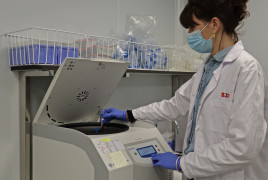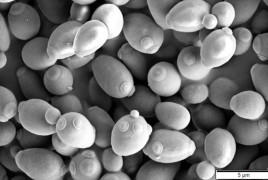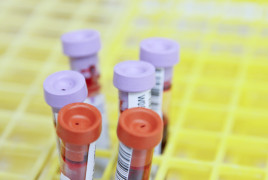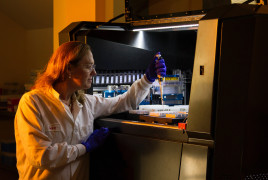A patient-turned-researcher advocates for transparent science in rare disease research
Richard Rui Yang is a Hong Kong-based researcher affected by Bietti crystalline dystrophy (BCD) , a rare retinal degeneration disease characterised by small sparkling crystalline deposits in theSmart Tech: Improving the lives of millions living with a long-term disease
Chronic diseases present a significant challenge to the European Union, costing over €700 billion annually and affecting one third of all adults. Furthermore, each year over 4 million people pass awayA functional study helps describe a new severe metabolic syndrome caused by Coenzyme A deficiency
The Journal Inherited Metabolic Disease has published a study from the Spanish Network Research Centre for Rare Diseases ( CIBERER) describing a new inborn error of metabolism generated by a failureBiomarkers as key players in drug development
A biological marker or biomarker is a molecule or parameter that can measure a state of health or disease. It can be used to detect a disease, a physiological change, a response to a treatment or a“Platforms like Share4Rare are extremely important in sharing evidence-based information and raising awareness of rare diseases” — Ana Pudja, project manager at CLOSER
Passionate about working for a purpose and committed to contributing to improvements of human health globally, Ana enjoys working in the fields of childhood cancer, cancer genetics and precisionThe reconstruction of ancestral proteins from the CRISPR-Cas system opens up new possibilities for gene editing
An international research team, led by Raúl Pérez Jiménez from the CIC nanoGUNE (San Sebastián-Donostia, Spain), has managed to reconstruct, through bioinformatics tools and for the first time, theA fragrance helps neutralise the smell caused by fish odour syndrome
As unusual as it may seem, the collaboration between a paediatric hospital and a multinational perfume company can bear very good results. Paediatrician Beatriz Mínguez was covering a sick leave for aPulseras Candela: boosting childhood cancer research since 2013
The Association Pulseras Candela was set in motion 7 years ago on the 8 th floor of Sant Joan de Déu Barcelona Children’s Hospital thanks to the unity, love and involvement of many families and











